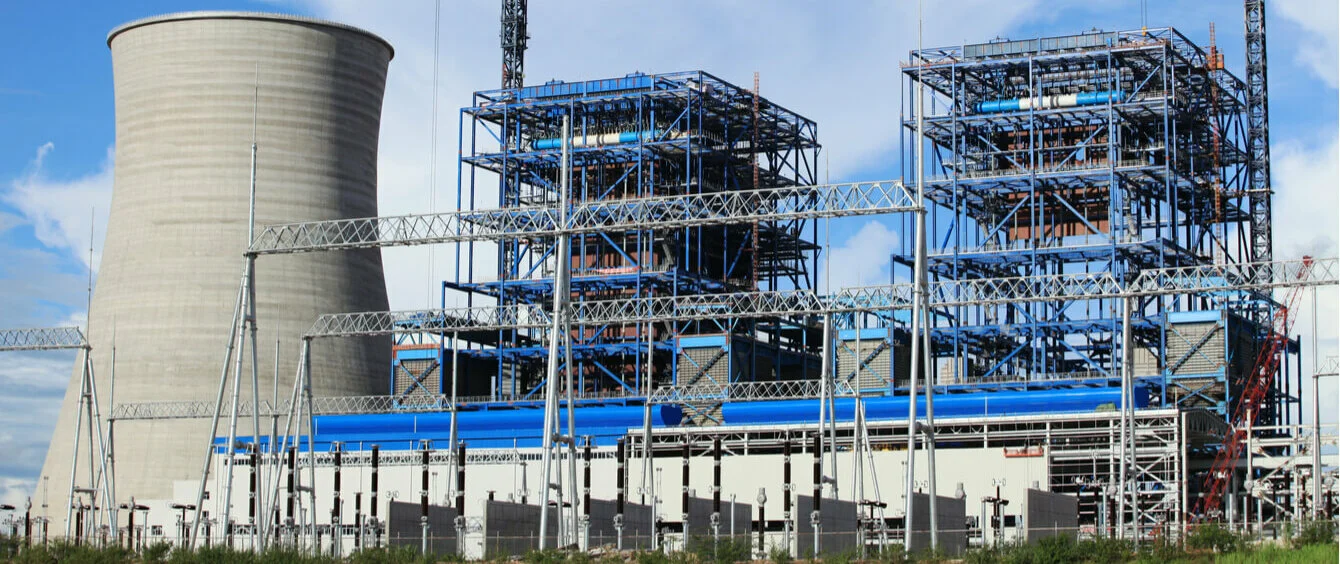American energy expert Jude Clemente reports on the global increase in coal consumption in the past year in Forbes magazine. According to Clemente, coal is still the backbone of global power generation, clocking in at 40 percent.
In 2017, Europe accounted for only eight percent of global coal consumption, the expert analyses. Nine percent were consumed in the USA, whilst China accounted for more than half and India for twelve percent. Clemente’s theory is that even if the two Asian giants now rely more heavily on gas as their primary energy source, this will hardly mean coal has been replaced. Energy demand is growing in these countries, meaning the nations are in fact turning to a gas-plus-coal strategy rather than a purely gas-based approach.
On average Asian coal-fired power plants will remain active for another 40 years
According to the Chinese Energy Council, Clemente writes, the country added 39 gigawatts of coal-based electricity capacity in 2017. Other coal-fired power plants are also under construction or planned in other countries. In addition, the average coal-fired power station in the Asia-Pacific region still has a service life of three to four decades to go before being taken off the grid.
“Even the great switch to renewables,” Clemente says, “will mean more coal.” After all, around 150 metric tons of hard coal are used to provide the steel of an average wind turbine on land alone, and for offshore wind turbines this figure rises to as much as 250 tons per wind turbine.
Global demand for coal likely to increase
And even if demand for coal were to fall, the expert argues, then prices would actually drop as a result, which in turn would make coal even more attractive as an energy source, particularly in economies with lower per-capita incomes. Developing countries would therefore also consume more coal.
While Europe wants to ban coal as an energy source, its importance is likely to grow worldwide: “IEA sees a 60% surge in global power demand by 2040, so obviously coal, the main source of electricity, should be expected to grow.”
Clemente concludes: Those who want to reduce greenhouse gas emissions should focus on making the use of coal cleaner – for example through affordable technologies for capturing and storing greenhouse gases.
